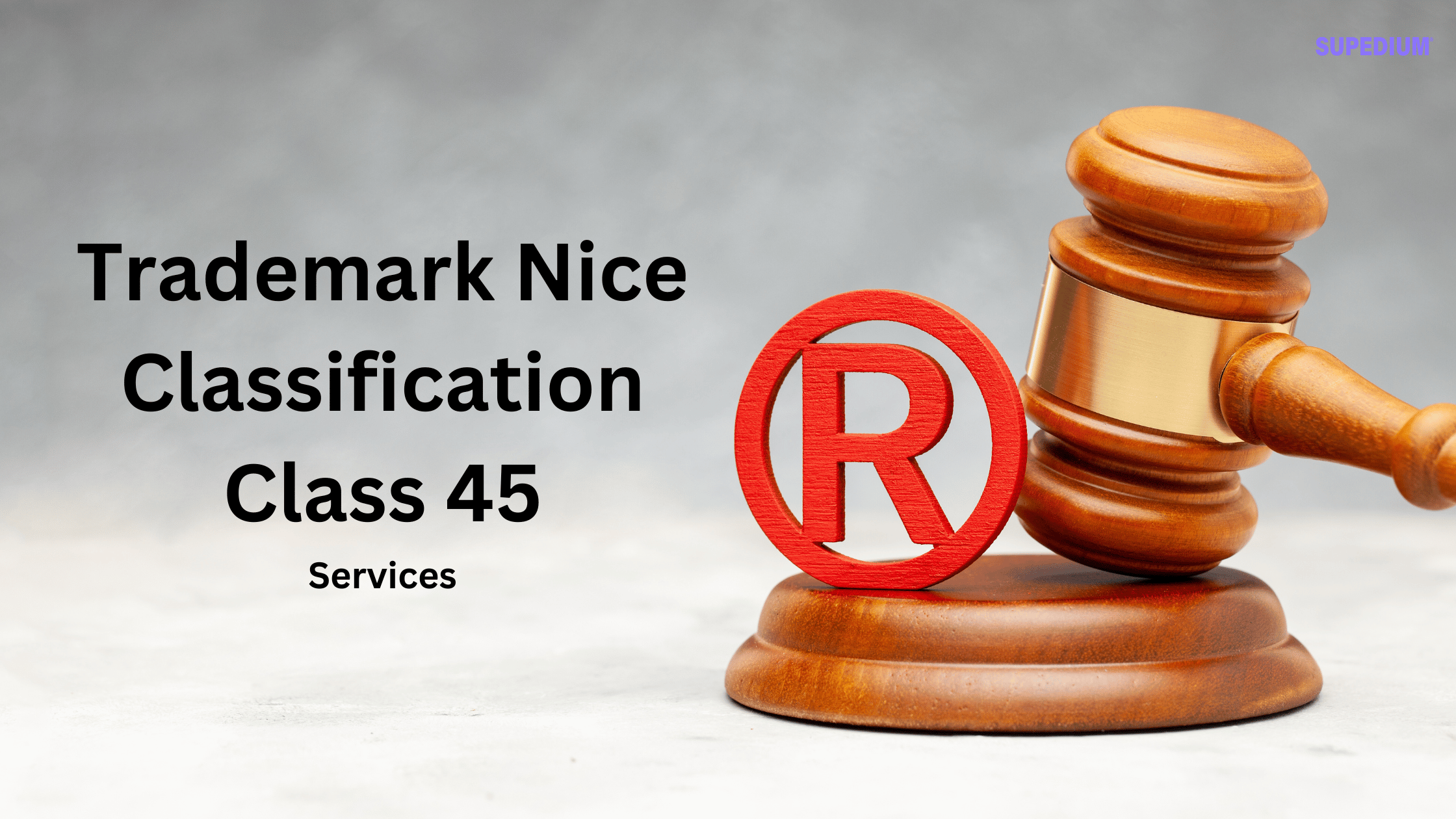Table of Contents
![]()
Cryptocurrency exchanges are pivotal platforms in the digital economy, enabling users to trade various cryptocurrencies. This article offers a comprehensive guide on how to navigate these exchanges to buy and sell digital assets.
I. Introduction
Cryptocurrency Exchanges are online platforms where individuals can buy, sell, or trade digital currencies like Bitcoin, Ethereum, and many others. These exchanges can be broadly categorized into two types: centralized (CEX) and decentralized (DEX). Each type has distinct characteristics and caters to different user needs.
II. Types of Cryptocurrency Exchanges
A. Centralized Exchanges (CEX)
Centralized exchanges are managed by third-party organizations that facilitate trades between users. They act as intermediaries, holding users’ funds and providing a platform for trading.
- Examples: Binance, Coinbase, Kraken.
- Pros: Centralized exchanges generally offer high liquidity, user-friendly interfaces, and customer support. They are popular among both beginners and experienced traders.
- Cons: They are more susceptible to security risks and hacking incidents. Users must trust the exchange with their assets.
B. Decentralized Exchanges (DEX)
Decentralized exchanges operate without a central authority. They use blockchain technology to enable peer-to-peer trading directly between users.
- Examples: Uniswap, SushiSwap, PancakeSwap.
- Pros: DEXs offer enhanced privacy, users maintain control over their assets, and there is reduced risk of hacking since there is no central point of failure.
- Cons: They may have lower liquidity, less user support, and can be complex to navigate for beginners.
III. How to Choose a Cryptocurrency Exchange
Selecting the right exchange involves considering several factors:
- Security Features: Look for exchanges with strong security measures such as two-factor authentication (2FA) and cold storage for funds.
- Fees: Evaluate trading fees, withdrawal fees, and deposit fees. These can vary significantly between exchanges.
- Supported Cryptocurrencies: Ensure the exchange supports the cryptocurrencies you are interested in trading.
- User Experience: Choose an exchange with a user-friendly interface that suits your trading needs.
- Liquidity and Trading Volume: Higher liquidity ensures that trades can be executed swiftly without affecting market prices.
- Regulatory Compliance and Reputation: Opt for exchanges with a good reputation and compliance with regulatory standards to ensure safety and legality.
IV. Creating an Account
To start trading, you need to create an account on your chosen exchange:
- Registration Process: Sign up by providing necessary personal information such as your name, email address, and phone number.
- Identity Verification (KYC): Complete the Know Your Customer (KYC) process, which typically involves submitting identification documents to verify your identity.
- Setting Up Security Features: Secure your account with a strong password and enable two-factor authentication to protect against unauthorized access.
V. Funding Your Account
Before you can buy cryptocurrencies, you need to fund your account:
- Deposit Methods: Most exchanges allow deposits via bank transfers, credit/debit cards, or cryptocurrency transfers. Some may also accept other payment methods like PayPal.
- Processing Times: Be aware that different deposit methods may have varying processing times and fees.
VI. Buying Cryptocurrency
Once your account is funded, you can proceed to buy cryptocurrencies:
- Placing an Order:
- Market Orders: Purchase cryptocurrency at the current market price. This type of order executes immediately.
- Limit Orders: Specify the price at which you want to buy. The order will only execute when the market reaches your set price.
- Stop Orders: Set a price trigger for buying. The order activates once the cryptocurrency hits a certain price.
- Executing the Purchase: Review the order details carefully before confirming the transaction to ensure accuracy.
VII. Selling Cryptocurrency
Selling cryptocurrencies is similar to buying but in reverse:
- Selling Options:
- Market Orders: Sell cryptocurrency at the current market price.
- Limit Orders: Set a specific price at which to sell. The order will be executed when the market reaches this price.
- Stop Orders: Sell once the cryptocurrency reaches a predetermined price.
- Executing the Sale: Confirm the details of the sale before finalizing the transaction.
VIII. Withdrawals
After buying or selling cryptocurrencies, you might want to withdraw your funds:
- Withdrawing Funds:
- Cryptocurrency Withdrawals: Transfer your digital assets to an external wallet for added security.
- Fiat Withdrawals: Convert your cryptocurrency to fiat currency and transfer it to your bank account or other payment methods.
- Fees and Processing Times: Understand the withdrawal fees and processing times associated with each method to avoid surprises.
IX. Best Practices for Trading Cryptocurrency
To ensure a safe and efficient trading experience, follow these best practices:
- Security Measures:
- Hardware Wallets: Use hardware wallets to store your assets securely offline.
- Two-Factor Authentication: Always enable 2FA to add an extra layer of security.
- Regularly Update Passwords: Change your passwords periodically and use strong, unique passwords.
- Risk Management:
- Diversify Investments: Avoid putting all your funds into a single cryptocurrency to reduce risk.
- Set Stop-Loss Orders: Protect yourself from significant losses by setting stop-loss orders.
- Avoid Emotional Trading: Make decisions based on research and strategy, not emotions.
X. Conclusion
Cryptocurrency exchanges are essential tools for trading digital assets. By understanding the different types of exchanges, selecting the right one, and following best practices for buying, selling, and securing your assets, you can navigate the world of cryptocurrency trading effectively. Always stay informed and cautious to make the most of your trading experience.
Share This





Be the first to comment